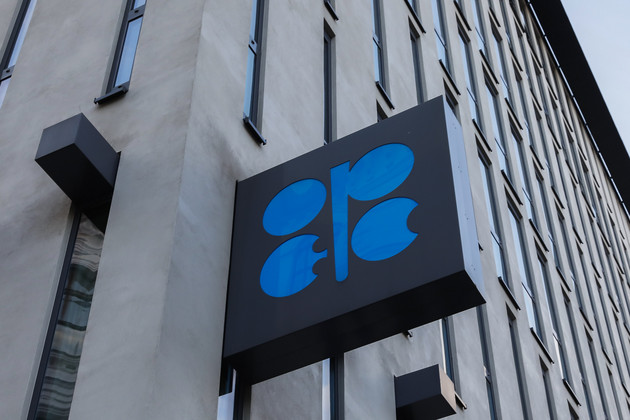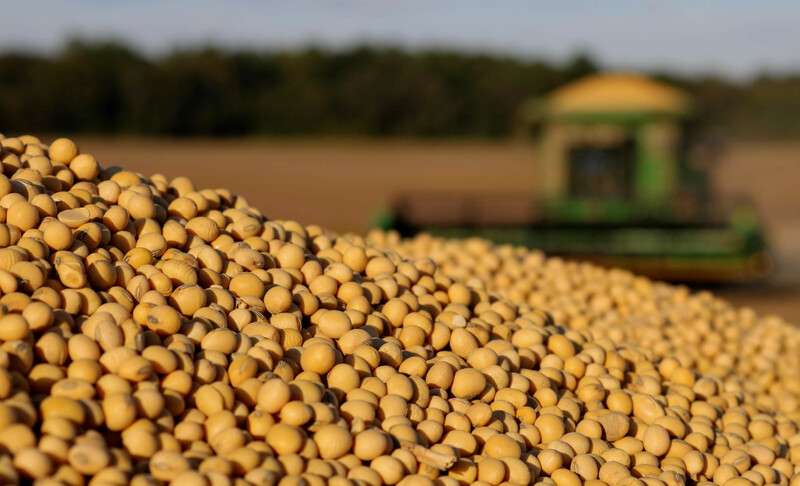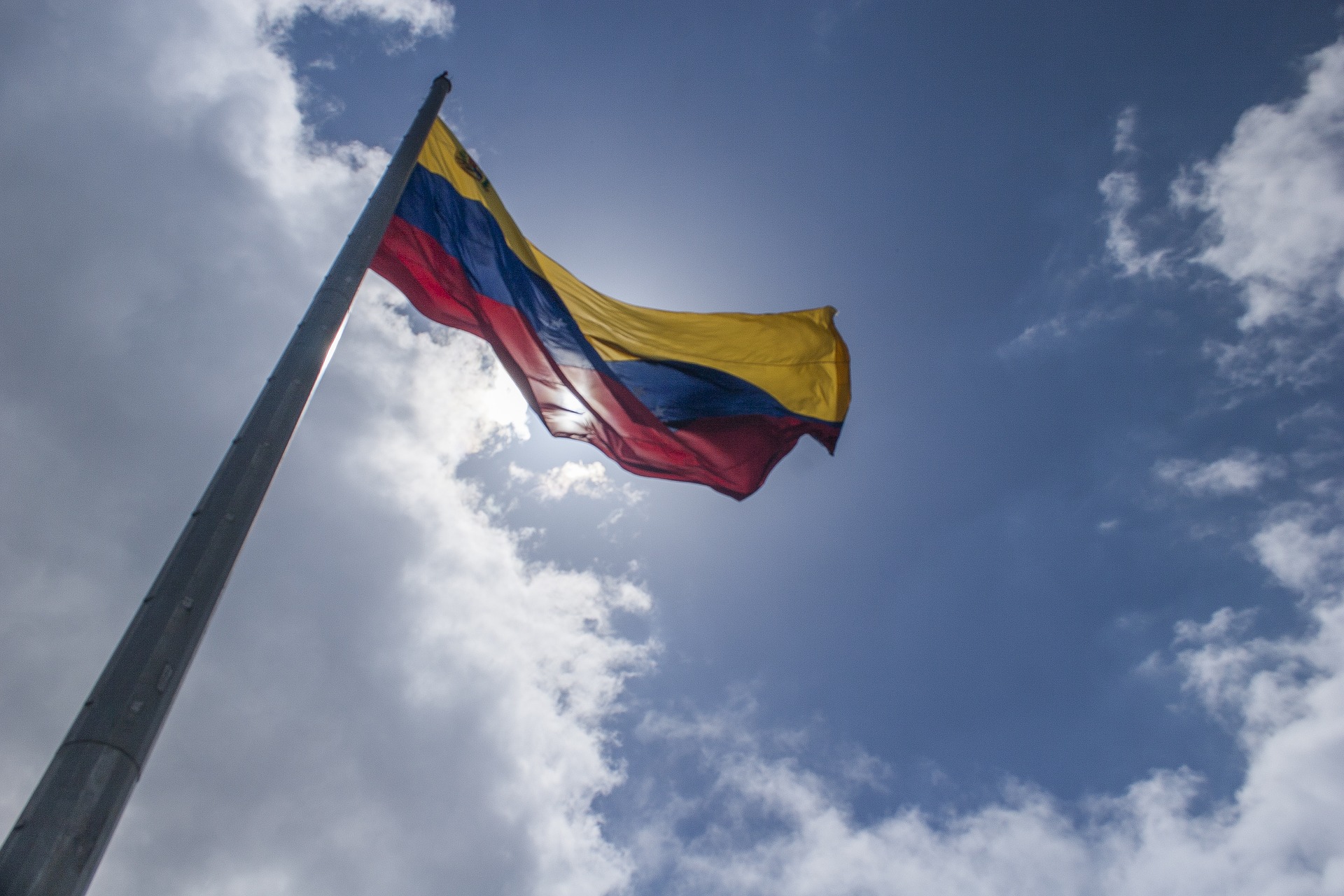This month it was made public that the Trump administration is considering “major sanctions” on Venezuelan oil exports into the United States, a policy move which could exacerbate the current heavy crude supply tightness, and cause a months-long dip in US refining margins, according to market analysts.
A senior Trump administration official said this week that a ban on the Venezuelan imports was one of the options being looked at but views on the practicality and effectiveness of such a ban are divided within the administration. With no clear specifics, it is important to note there are significant issues at play for both the US and Venezuela. We examine the possible road to any White house sanctions and its potential impact.
As of this writing, a number of sector analysts agree that the administration will most likely remain focused on individuals, at least as a start, in any action taken against Venezuela. To have any real impact, it would be most effective to target petroleum exports, given that energy stands at around 95% of Venezuela’s export economy.
“The impact on US refiners will depend on how quickly the potential sanctions are put into place and how broadly they are imposed, according to Rick Joswick, managing director for oil with the PIRA Energy Group, a unit of S&P Global Platts.
If, for example, the administration announces it will impose a $2 to $3/b duty of Venezuelan imports within three to six months, “then people will adapt,” Joswick added.
Should the administration imposes a full ban on Venezuelan crude on August 1, the impact will be much more severe, he said.
Potential Impact
If Venezuelan oil sanctions were to be imposed, US refiners, particularly along the Gulf of Mexico, would need to find new sources of heavy crude. While the US now imports about half of the amount of Venezuelan crude than it did two decades ago, Venezuela today remains a key supplier of the US Gulf refining market.
Currently, at 795,000 b/d, Venezuela was the single largest supplier of imported crude into the USGC in April, according to the US Energy Information Administration (EIA) followed by Saudi Arabia at 714,000 b/d.

It is imperative to understand that while the US ponders the next moves on Caracas, the country’s oil production continues to plummet. OPEC’s latest numbers have revealed that Venezuela’s production has fallen to 1.938 million barrels per day. OPEC, in its statement, notes that production among other nations has actually risen.
“…total OPEC-14 crude oil production averaged 32.61 million barrels a day in June, an increase of 393,000 barrels per day over the previous month. Crude oil output increased mostly in Libya, Nigeria, Angola, Iraq, and Saudi Arabia, while production showed declines in Venezuela.”
“Based on its own estimates that its production was collapsing — estimates similar to ours –Venezuela agreed with OPEC to cut production to 1.972 barrels per day (in other words giving what was already a fait accompli,” Russ Dallen, managing director of Miami-based Caracas Capital said. “Venezuela has fallen through that cut and is now 34,000 barrels per day below its quota — while as OPEC notes, everyone else’s production is going higher.”
More alarming, Dallen explains, is that taking a closer look at even 2015 figures, Venezuela was producing 2.375 million barrels per day. “That means Venezuela is producing 437,000 barrels per day less than it was 2 years ago, which at Venezuela’s average 2017 oil price of $43.60 (so far), means that Venezuela is losing over half a billion dollars every month; $6.9 billion a year.”
Whether the Trump Administration takes this and its impact on Venezuela’s dire day to day crisis into account when devising new sanctions remains to be seen.






